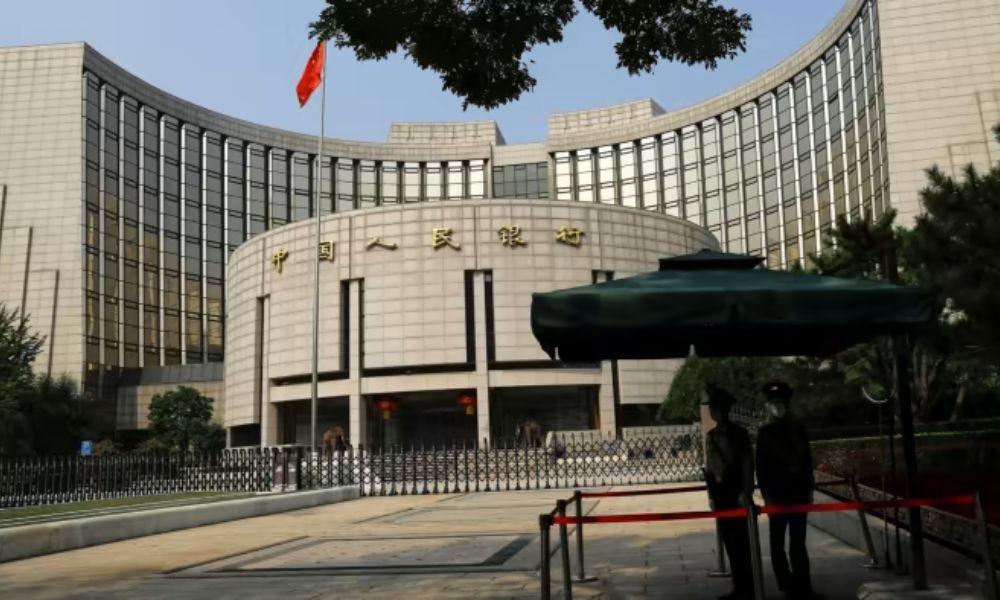
China has cut a benchmark lending rate but defied market expectations by leaving another unchanged as policymakers grapple with their response to slowing economic momentum, a property sector cash crunch and a weakening currency.
The one-year loan prime rate (LPR), a reference for bank lending in China, was lowered 10 basis points to 3.45 per cent, the People’s Bank of China announced on Monday.
The equivalent five-year rate, which is closely watched because of its relationship to mortgage lending, was kept steady at 4.2 per cent.
“This is quite surprising and frankly it’s a bit puzzling,” said Hui Shan, chief China economist at Goldman Sachs. Economists polled by Bloomberg had unanimously projected cuts to the one-year and five-year LPRs, forecasting 0.15 percentage point reductions for both rates.
Beijing has come under pressure to reduce interest rates and spur demand following a series of disappointing economic data.
Despite lifting pandemic restrictions this year, growth has been hampered by a property slowdown, declining exports and soaring youth unemployment, which the government last week announced it would stop publishing.
|
Are you a Tax Lawyer in USA? |
The Chinese economy expanded just 0.8 per cent in the second quarter of 2023, compared with the previous three months.
The People’s Bank of China has stepped up efforts to counteract weakness in the renminbi amid outflows from stock and bond markets.
The currency, which is approaching last October’s lows, lost ground following Monday’s announcement, dropping as much as 0.3 per cent to Rmb7.3051 per dollar.
The unexpected policy decision also weighed on Chinese equities, with the Hang Seng China Enterprises index falling as much as 1.7 per cent in morning trading despite a host of reforms announced on Friday intended to bolster investor confidence.
China’s benchmark CSI 300 index of Shanghai- and Shenzhen-listed stocks fell as much as 0.5 per cent.
Monday’s rate announcement, which came days after Beijing unexpectedly cut its one-year medium-term lending facility 15 basis points to 2.5 per cent, was closely watched as a gauge of the government’s policy trajectory to stem the economic slowdown.
Julian Evans-Pritchard, chief China economist at Capital Economics, suggested the “underwhelming” move meant the PBoC was “unlikely to embrace the much larger rate cuts that would be required to revive credit demand”.
“Hopes for a stimulus-led turnaround in economic activity largely depend on the prospect of greater fiscal support,” he added.
The LPR is partly set by China’s biggest banks, which are set to release second-quarter results this month as their profits have come under pressure from declining rates.
“This looks like policymakers are putting a lot of weight on the banking system’s ability to run smoothly.
They may want to protect banks’ net interest margins, which cutting the LPR can pull down,” said Shan at Goldman Sachs. “At the end of the day, you need a healthy banking system to help absorb economic shocks and continue to deleverage [the property sector].”
Shan added that if policymakers were focused on banking sector health, they would be constrained from making further cuts to either LPR unless they lowered deposit rates or the level of banks’ required reserves.
Beijing has dispatched teams of officials to assess ways of reducing local governments’ debts.
A two-year property crisis, which was triggered by the default of developer Evergrande in late 2021, has shown signs in recent weeks of derailing Country Garden, the country’s biggest privately owned homebuilder, as well as spilling over into wealth management products. (Source)